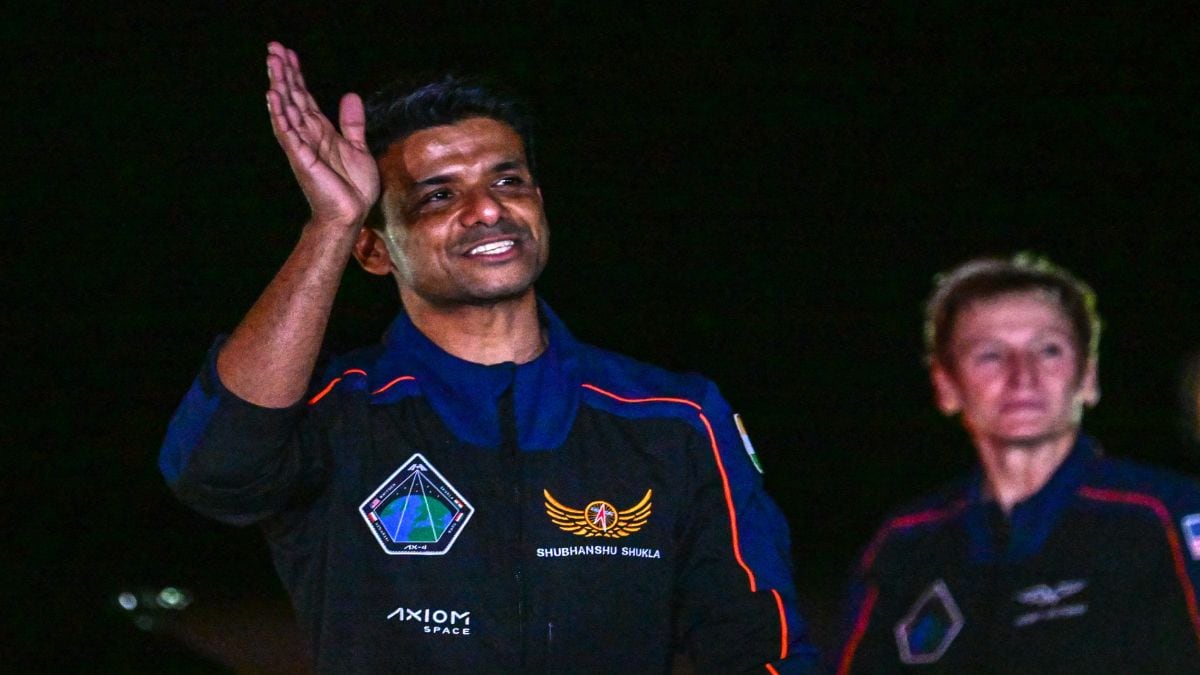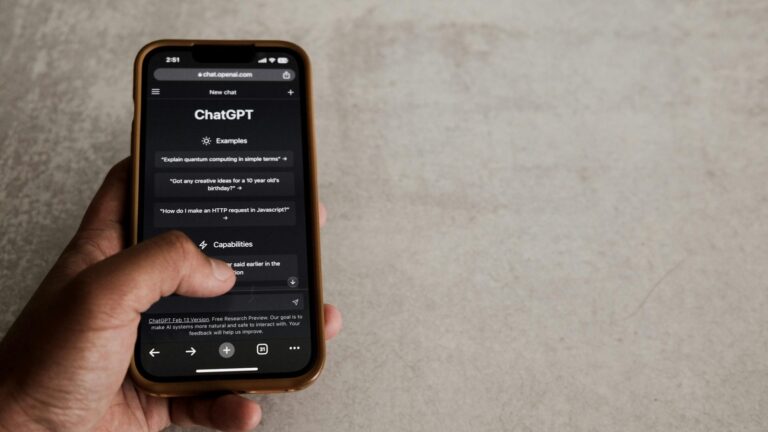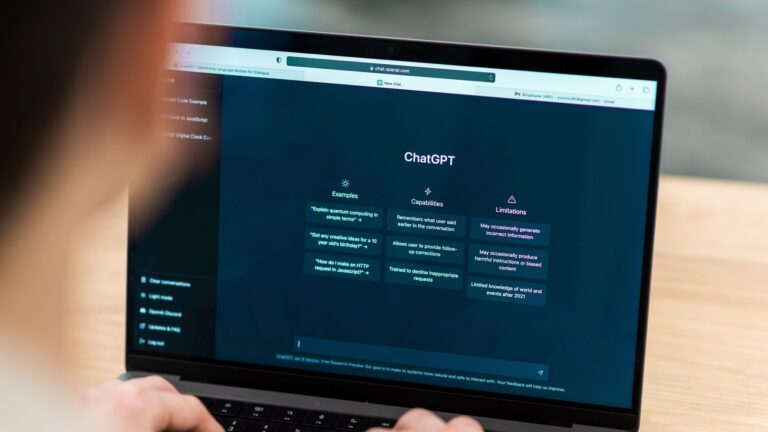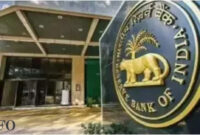The chest of Indians “should swell with pride,” said Group Captain Shubhanshu Shukla as he now pilots the Axiom-4 mission that launched from Florida on Wednesday (June 25).
The Axiom Mission 4 of Ax-4, launched aboard a SpaceX Dragon spacecraft from Launch Complex 39A at Nasa’s Kennedy Space Centre in Florida at 2:31 am Eastern Time. In
his remarks
from on board the Dragon spacecraft, Shukla said, “Namaskar, my dear countrymen, what a ride. We are back in space once again after 41 years. It’s an amazing ride. We are revolving around the Earth at a speed of 7.5 kilometres per second. The Tiranga embossed on my shoulders tells me that I am with all of you.
“This journey of mine is not a beginning to the International Space Station (ISS) but to India’s human space programme. I want all of you to be part of this journey. Your chest, too, should swell with pride. You all also show excitement. Together, let’s initiate India’s human space programme. Jai Hind! Jai Bharat!”
The Axiom-4 mission, with Shukla on board, is now headed to the International Space Station (ISS). It will take the crew 28 hours to reach its final destination; the approximate arrival has been scheduled for 7 am Eastern Time (4.30 pm IST) on June 26. After their arrival, the four-member crew will conduct a vast array of experiments on board the ISS in 14 days.
But what does Shukla’s journey to the ISS entail? We take a look and get you the answers.
Axiom-4 lifts off from Florida
After multiple delays, at 2:31 am Eastern Time on Wednesday, the
Axiom-4 mission began
from Launch Complex-39A at Nasa’s Kennedy Space Center in Florida after the Falcon 9 rocket took to the skies.
Two minutes post take-off, the
Falcon-9
pushed through the Earth’s atmosphere, completing its first phase of flight.
Heading to ISS
As the Falcon-9 separates and heads back to Earth, Shukla and his crew will continue their onward journey in the Dragon spacecraft. It is reported that the Axiom-4 crew has prepared a playlist for their journey, and Group Captain Shubhanshu Shukla has selected AR Rahman’s Yun Hi Chala Chal from the 2004 film Swades. Meanwhile, the other songs on the playlist are Imagine Dragon’s Thunder, a Polish track Supermonce, and a Hungarian tune by the name of Bvhely.
The Dragon spacecraft will now raise its altitude gradually, and align its trajectory with the space station. It’s important to note that the journey to the ISS is not a straight line; according to the Times of India, it’s more like a gradual orbital ballet.
For this, the spacecraft will have to undertake a series of phasing manoeuvres, which have to be planned to the last second. That’s because any delay would affect the fate of the entire mission. The craft utilises GPS, radar, and internal sensors for positioning.
It’s important to note that Shukla’s journey to the ISS at 28 hours is much longer than what it would take on a Russian Soyuz capsule. This is because the Dragon is a relatively newer spacecraft (it was first launched in 2012) compared to, the Soyuz, which has a long and proven flight history. Owing to this, the Axiom-4 astronauts will have to undertake more tests.
Docking at the ISS
When the Dragon spacecraft is close enough to the ISS, it will initiate the next phase — the docking process by initiating communication with the space station and performing its final phase manoeuvre.
There are multiple points, called waypoints, where the spacecraft will halt, take stock of the situation, and decide whether to take the next step. At 20 metres, the Dragon will begin its final approach — precisely docking with the port on the station’s Harmony module.
Space experts note that the docking is done in two phases: the first is a magnetic soft capture in which magnets pull the spacecraft to its desired position, and the second is a hard capture in which mechanical latches and hooks are connected to the spacecraft, and a pressure-tight seal is created between Dragon and the ISS.
Once the docking is completed, it takes another one-two hours for the spacecraft to stabilise and carry out safety checks. Once this is completed and all is determined to be safe, the transfer gates are open and the Axiom-4 crew will enter the ISS.
Welcome to the ISS
Post docking, the crew members will spend 14 days on board the ISS conducting science, outreach, and commercial activities. However, before all of this starts, the four Axiom mission members will meet with the seven members presently stationed on the ISS, call down to Earth for welcoming remarks, participate in a safety briefing, and complete other formalities.
The
experiments that the Axiom-4 mission
will conduct include a wide range of topics such as medical support for diabetic astronauts, the effects of microgravity on the brain and body, and the collection of vital health data. The impact of space travel on joints, blood flow, stem cells, cancer growth, and radiation exposure are other areas of research.
Their return is scheduled sometime during the second week of July, and will be dependent, in part, on weather in the Dragon’s splashdown zone.
With inputs from agencies




















